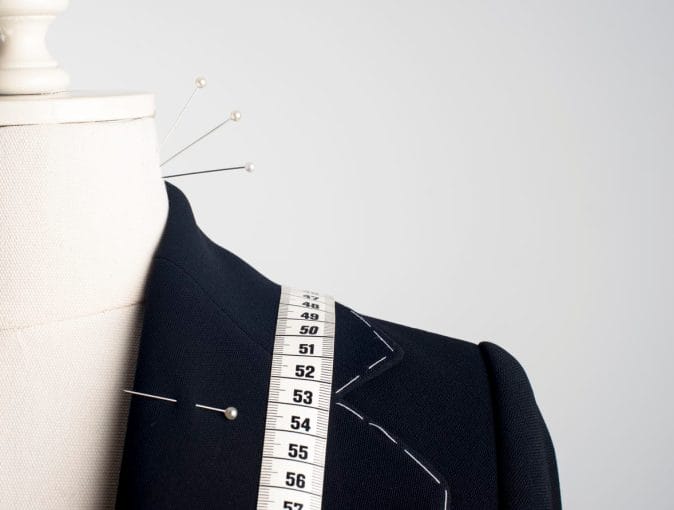Personalization: From products to experiences
This year Sagentia is celebrating its 30th anniversary. To mark the occasion the team takes a look at some of the key trends in the last three decades and how these breakthroughs in science and technology have impacted the way we live and work today.
Fourth and final in our series, this article takes a look at the trend towards personalization, how it could shake up existing business models & offer new opportunities for engaging with consumers.
Personalization has become manifest in medical, personal care and food & beverage sectors and we consider that, whilst personalization presents a threat to businesses optimized for mass production, clever brands will adapt their businesses as never before and realize the opportunity presented by emerging technologies to engage consumers directly.
This article uses extracts from an article which featured in New Food magazine in January 2017 and from “Poised for an age of Innovation”, a recent research report undertaken by our sister company, Leatherhead Food Research.
The mass production legacy
In the comment above, the tension between the traditional worlds of large production runs, commoditized products and low margins and the production agility and consumer responsiveness needed to meet the personalization challenge are encapsulated.
Twenty years ago, in 1997, Harvard Business Review argued that mass production’s view of the marketplace as an ‘unknown aggregation of potential customers’ was outdated. In particular, it pointed to the practice of considering potential customers as homogenous market groupings as sub-optimal.
HBR defined a ‘customer sacrifice gap’ as the difference between what a company is offering and what each customer actually wants - suggesting that consumers are almost always less than delighted with the products they buy.
Arguably this tension has increased in the intervening twenty years with advances in digital technologies and increases in consumer expectations.

Introducing the demanding and discerning consumer
Technology has changed the way consumers engage with products. Digital technology has broadened horizons and, by doing so, has made consumers more demanding. The proliferation of internet-enabled smart devices has created a generation of people who expect to be able to interact with the brands which touch their lives. Social media has given consumers increasing voice and power, amplifying their views and making them heard.
